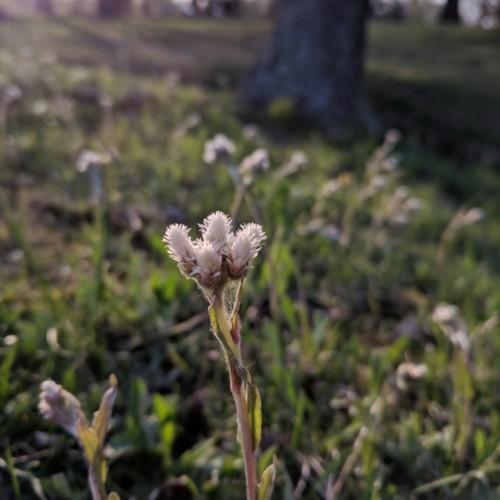
Howell's Pussytoes
Antennaria howellii subsp. howellii
Watering:
Minimal
Hardiness Zone:
Sun:
full sun,part shade
Leaf:
Yes
Growth Rate:
Low
Drought Tolerant:
Yes
Salt Tolerant:
Yes
Care Level:
Medium
watering
Fries’ Pussytoes (Antennaria friesiana subsp. alaskana) enjoy moist, well-draining soil. During the growing season, they should be watered on a regular basis to keep the soil consistently moist but not soggy. In the warmer months, the plants should be watered approximately twice a week, ensuring they never completely dry out. During the cooler months, they should be watered less frequently, about once per week or so when there is no rainfall.
sunlight
Fries' Pussytoes requires a minimum of 5-6 hours of direct sunlight per day, although it will grow best and flower more profusely with 6-8 hours of direct sunlight. The plant prefers full sun during the morning hours with some protection from intense heat in the afternoon in spring, summer, and fall. In the winter, it prefers partial to full shade to avoid sunburn.
pruning
Fries' Pussytoes (Antennaria friesiana subsp. alaskana) should be pruned during the spring or fall months of the year. Pruning should be done by no more than 1 third of the plant, so as to retain its natural shape and growth. Care should be taken to ensure that no more than the top third of the plant is pruned in any 1 season. Pruning back too aggressively can have a negative impact on the health of the plant. By pruning in moderation, this species of plant should flourish and remain lush and healthy.
